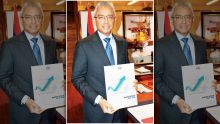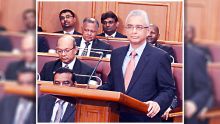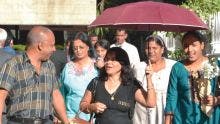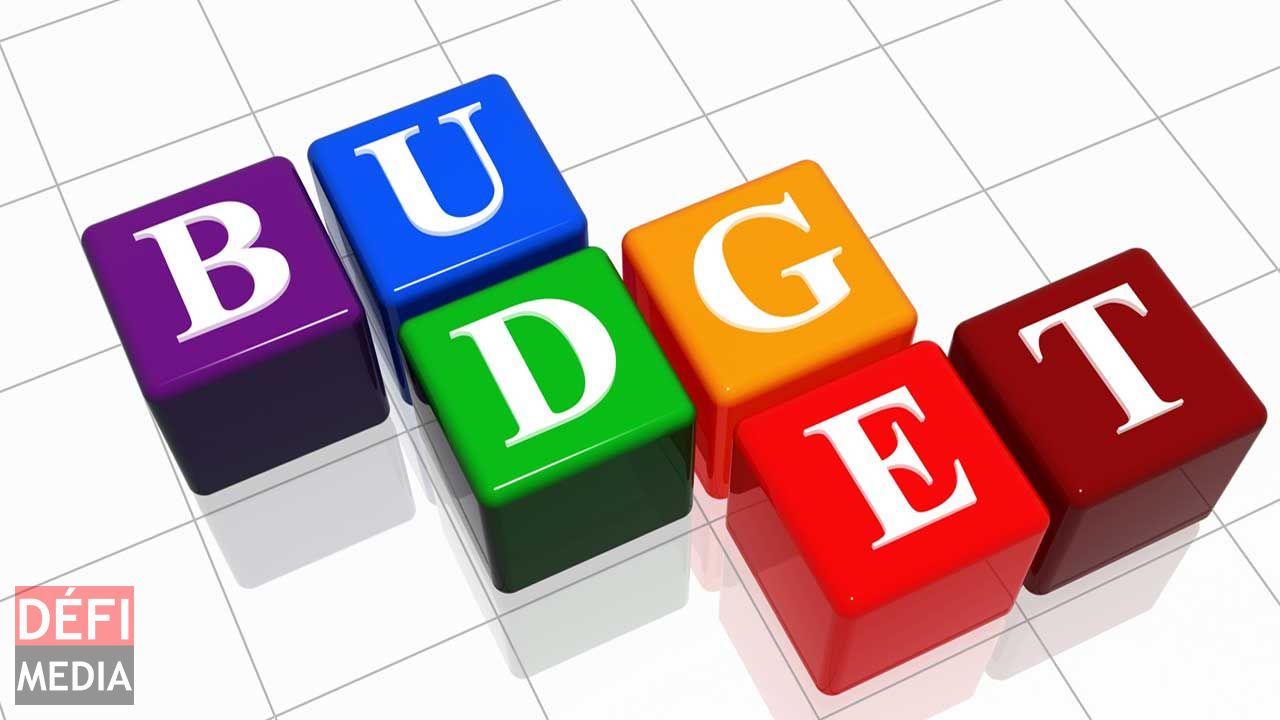
Less than one week to go before the Budget 2017/2018 unveils its pack of measures to put the economy firm on track. The annual exercise has been further reinvigorated by India’s generous lifeline of USD 500 million loan at low interest rate.
Publicité
The USD 500 million line of credit from India will certainly modify the contents of the forthcoming budget. It is understood that a large chunk of the loan will be used in major infrastructural developments. An interesting feature of this annual exercise this year is that the prime minister himself, holding the finance portfolio, will oversee the implementation of all announced measures.
After weeks of agitation both on the political and social fronts, with protests, hunger strikes and intense debates on national issues, the atmosphere has turned into a calm waiting mood until next Thursday. As was the case last year, the two key terms remain investment and job creation.
While speculation is rife among all stakeholders on the probable contents of the forthcoming Budget, we often tend to forget that the annual Budget is basically an accounting exercise where funds are allocated for different purposes. For the current financial year, government revenues are estimated at Rs 102.4 billion while expenditure is to the tune of Rs 117 billion, resulting in a deficit of Rs 15 billion. This deficit represents 3.3 percent of Gross Domestic Product. For the next financial year, the budget deficit is likely to worsen.
The five priorities
Budget 2017/2018 has five main priorities:
- Boost economic growth through innovation
- Create more jobs by encouraging investment
- Reduce costs through reforms
- Improve the business climate through a ‘e-licensing’ project
- Improve standard of living by reinforcing the welfare state
Popular measures in 2010
The current finance minister Pravind Jugnauth also presented the first Budget of the previous government in 2010. Among the main measures, there was the abolition of the controversial ‘National Residential Property Tax’ and the tax on banking interest income. However, in 2010 he also introduced the Capital Gains Tax, which was later removed by his successor Xavier-Luc Duval. Another important project announced in 2010 was the ‘Duty Free Island’ project, which has since remained inactive. The 2010 Budget also contained popular measures such as:
- Duty Free purchase on 4x4 vehicles by small planters, fishermen, breeders and SMEs
- Registration duty waived on first purchase of an immovable property
- Scholarship for 38 additional laureates
- Reintroduction of subsidies on SC/HSC exam fees
- Social housing projects
A review of main measures in 2016
In his first budget under the present regime last year, Pravind Jugnauth announced some important measures, namely:
- The ‘Fibre to the Home’ project by Mauritius Telecom costing Rs 5.1 billion to cover the entire island by end 2017
- Bandwith connection between Mauritius and Rodrigues
- Reduction in cooking gas price from Rs 330 to Rs 270
- Income support between Rs 2,720 and Rs 9,520 for needy families
- Age no longer a determinant factor for invalidity pension
India’s lifeline benefits Agalega
India has granted to Mauritius a special line of credit of USD 500 Million, equivalent to MUR 18 billion at today’s exchange rate. This line of credit is over and above the MUR 12.7 billion grant already obtained from India last year. The total sum of financial assistance from India over less than two years amounts to nearly MUR 30 billion.
Part of this financial assistance will be used to invest in infrastructural facilities in Agalega, including a runway and a jetty, in order to improve access and communications with the island. The said loan will be repaid over a period of 20 years, with an interest rate of 1.8%. The loan carries a special moratorium of seven years for capital repayment and four years for interest payment. Projects likely to be financed from this fund will be announced in the next Budget. In that context, the State Bank of Mauritius (SBM) Group has set up a Special Purpose Vehicle namely SBM Mauritius Infrastructure Development Company Ltd which will act as the channel between EXIM Bank and Mauritian public sector entities to implement those projects in Mauritius. This mechanism of using Redeemable Preference Shares to public sector entities has been set up purposely so that it does not have any negative impact on the public debt figure.
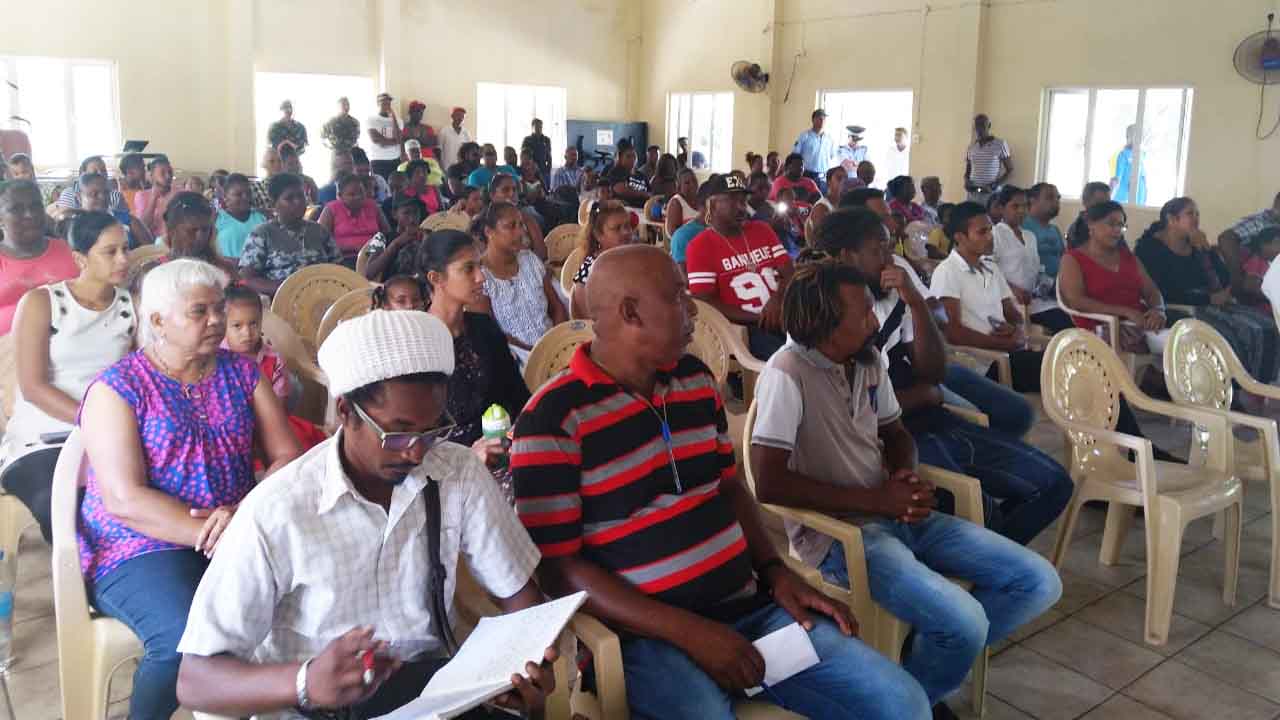
Major public projects
Apart from the Metro Express and the ongoing Road Development Programme, there are other major projects such as wastewater networks in Pailles, Grand Bay, Plaine Wilhems, Tranquebar and Vallee des Pretres. Other coming projects include the new Supreme Court building, the ENT hospital and the transformation of bus stations.

Budget of ministries

Expenditure
Public services with huge budget include police department, education, health, social security and public infrastructure. The tables below show the main expenses area for the current financial year.

Revenues
What are the main sources of revenues of government? To have an idea of the main sources and the corresponding amounts, we reproduce below figures relating to estimates for the financial year 2016/2017.


Notre service WhatsApp. Vous êtes témoins d`un événement d`actualité ou d`une scène insolite? Envoyez-nous vos photos ou vidéos sur le 5 259 82 00 !















